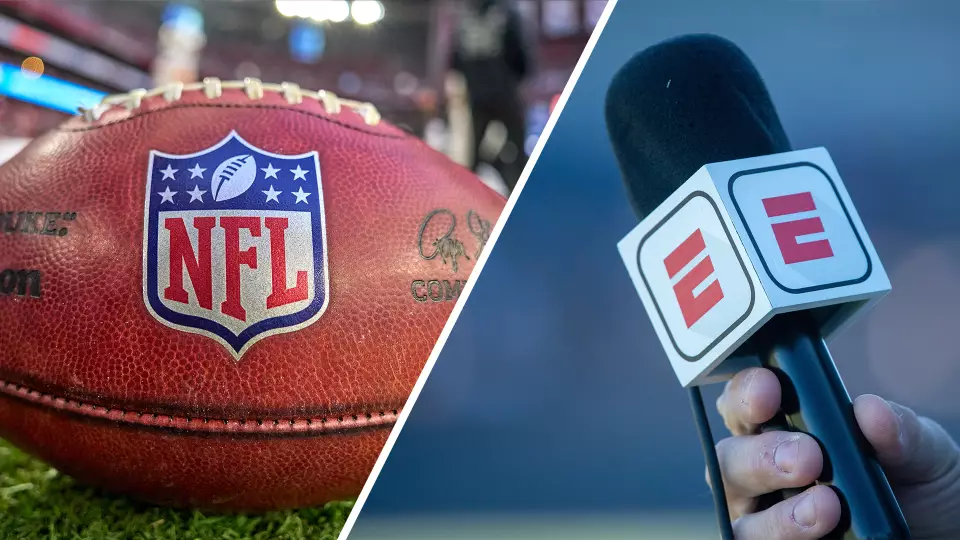In a move that signals a seismic shift in sports broadcasting, ESPN is taking a pioneering step to solidify its dominance over American football media. By acquiring the NFL Network and a suite of related media assets, ESPN is not merely expanding its portfolio; it’s redefining how fans consume football content. This bold strategy positions ESPN not just as a broadcaster but as the central hub for every facet of NFL entertainment, from live games to fantasy football. Such an expansion illustrates a visionary approach: blending legacy media with innovative digital platforms to create an all-encompassing football universe that is both accessible and engaging for fans across generations.
This acquisition grants ESPN control over NFL’s linear rights, including the highly popular RedZone channel. Owning these assets allows ESPN to craft a tailored viewing experience, integrating live games, highlights, and real-time fantasy updates into an optimized digital ecosystem. The deal also cements ESPN’s role in the fantasy football landscape by merging NFL’s fantasy products into its platform, transforming ESPN Fantasy Football into the league’s official fantasy game. This consolidation not only enhances user engagement but also strengthens ESPN’s value proposition by offering fans a seamless, comprehensive football experience that spans viewing, gaming, and social interaction.
Transforming Fan Engagement in the Digital Age
What makes this deal truly transformative is ESPN’s strategic integration of NFL assets into its upcoming direct-to-consumer streaming service. This move signals a deliberate shift away from traditional cable reliance towards a future where digital streaming is king. With the ESPN platform set to feature NFL game telecasts—adding three more games per season, for a total of 28—viewers will benefit from unprecedented access to NFL action. This move also reflects an understanding that fan attention is increasingly fragmented across multiple screens and platforms, and only by consolidating content can ESPN hope to engage and retain the modern sports consumer.
However, the transition is not merely about expanding content. It’s about creating an ecosystem where fans can interact dynamically with football, with content accessible anytime and anywhere. By maintaining NFL Network’s brand and operations alongside traditional pay TV and digital rights, ESPN is weaving a flexible, multi-channel delivery model that maximizes viewer choice and convenience. Moreover, the continued ownership of the RedZone channel—the league’s most popular product—coupled with broader rights to distribute it digitally, demonstrates ESPN’s ambition to dominate the in-game viewing experience during the most compelling moments of NFL Sundays.
Implications for the Industry and the Future of Sports Media
This deal underscores a broader industry trend: media giants leveraging their resources to acquire strategic sports properties that serve as anchor content on their streaming platforms. Unlike past models reliant on exclusive TV rights, ESPN’s approach signifies a shift towards a hybrid model—combining traditional broadcasting with robust digital offerings. By controlling NFL content and creating a unified brand experience, ESPN aims to lock in loyal fans and expand its reach in a competitive landscape increasingly influenced by tech giants and streaming innovators.
Yet, skeptics could argue that this consolidation risks reducing competition and limiting consumer choice in the long run. Still, ESPN’s move seems driven by confidence that innovative, integrated fan experiences will thrive in a digital-first era. This is a public declaration that ESPN, and by extension Disney, is determined to remain at the forefront of sports media, capitalizing on the NFL’s massive popularity while pioneering new ways for fans to engage with their favorite sport.
In essence, ESPN’s audacious expansion into NFL media assets is more than a business transaction; it’s a declaration of intent. By merging traditional broadcasting with digital innovation, ESPN is attempting to craft a future where fans are not just passive viewers but active participants in the evolving football narrative. This bold step could very well reshape the sports media industry, setting new standards for content delivery, fan interaction, and industry dominance in the digital age.


Leave a Reply